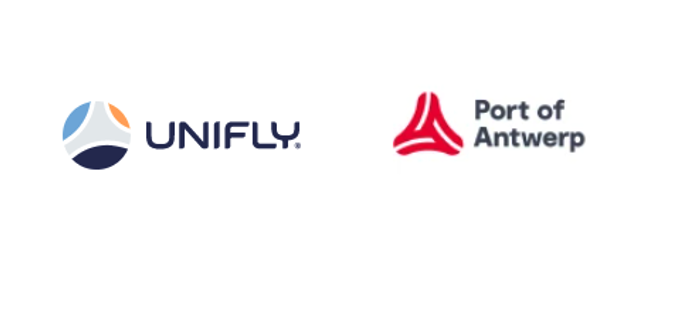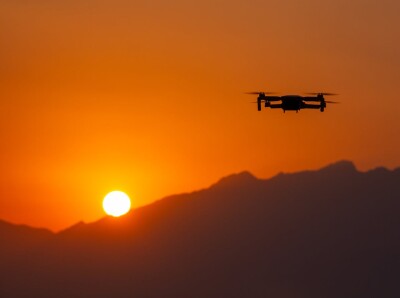With Europe’s new legislation allowing ports to coordinate and manage drones in their airspace, the Belgian Port of Antwerp, Europe’s second-largest port, is creating a drone ecosystem for the future together with Unifly.
In 2019, Port of Antwerp’s participation in the SAFIR (Safe and Flexible Integration of Initial U-space Services in a Real Environment) project successfully demonstrated the safety and economic viability of integrated drone traffic in seaports. The project also made clear what’s needed in terms of regulation and requirements at all levels to facilitate drone flights in and around the port safely and securely. In February 2021, the Port of Antwerp deployed, for the first time, an autonomous drone developed in collaboration with the company DroneMatrix.
Last month, it became the first seaport to initiate unmanned air traffic management in a busy and complex port environment - the first non-aviation authority to become a fully-fledged geozone manager. This means it is responsible for managing ground risk related to above-the-ground activity concerning operational and working drones, overall safety, and seamless integration of processes required to improve productivity and efficiency of port operations.
As drone traffic at the port's airspace continues to increase, the Port of Antwerp found a need to control their airspace and differentiate friend from foe. Proven to be an invaluable asset in maintaining safety around a port, drones can be used to monitor emissions, conformance, other alarming situations, and to conduct general surveillance. As a geozone manager, the Port of Antwerp found out that it needs to “simultaneously handle a multiple workflow, multi-layered authorization process, and robust real-time surveillance and detection capabilities”. This is where Unifly, a European aviation software company, comes in.
Appointed as technology partner to develop the Port’s Unmanned Traffic Management (UTM) platform, Unifly will develop a robust and sophisticated system to enable smooth and safe use of the airspace as well as allow for round-the-clock automated features to keep the port safe. Both entities have collaborated closely over the past few years to initiate research, tests, and demonstrations relating to drone traffic management in urban airspaces.
In the end, Port of Antwerp’s goal is to have a network of autonomous drones for a live feed of the various port activities, but also to introduce new tech, not only for drones but also for autonomous shipping, smart cameras, and sensors.




.jpeg.small.400x400.jpg)










Comments